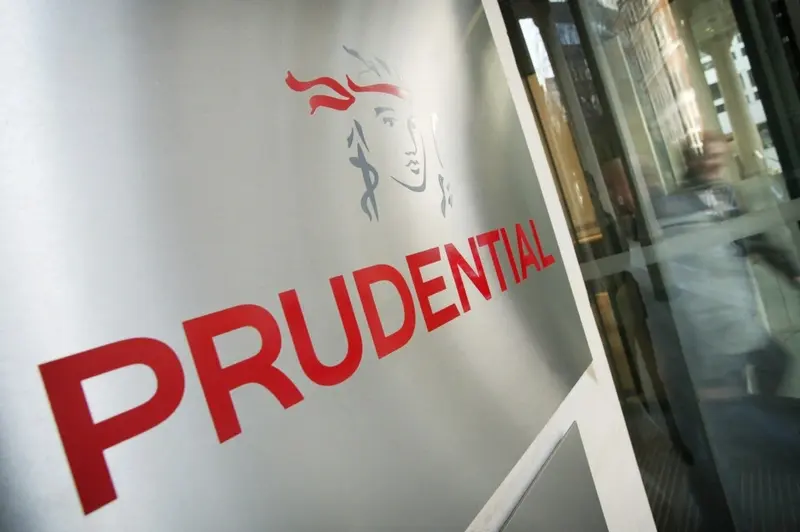
Global life insurer Prudential (PRU) is combining its asset management business M&G with Prudential UK & Europe to form M&G Prudential. Is this a sign that the behemoth is to be broken up?
Merging M&G and Prudential UK & Europe to create a ‘savings and investment business’ will ‘intensify speculation around a broader break-up of the Group’ according to Edward Houghton, analyst at Bernstein.
There has been speculation that Prudential, with large US and Asia businesses, is looking to break itself up. Perhaps this is the first step.
The market seems unmoved by the decision, its share price staying broadly flat at £18.27 but the move described as ‘capital-light’ by the company is hoped to bring large cost savings.
Prudential’s asset manager M&G has not had the best of times, seeing huge outflows from its fixed income funds to the tune of £11bn during 2015. The company brought in Anne Richards from Aberdeen Asset Management (ADN) to steer the ship last year and it results to 30 June show inflows of £7.2bn. The same period last year saw outflows of £7bn.
What’s the point?
According to the company, shareholders are expected to contribute around £250m to get the merger in place but will benefit from about £145m in cost savings per year by 2022.
Prudential chief executive Mike Wells says ‘M&G and Prudential UK&E have a long history of collaboration and we are fortunate to have two highly respected brands. Combining these businesses will allow us to better leverage our considerable scale and capabilities’.
With the merger of two of Prudential’s UK entities, the ‘capital-light’ model could also include the sale of Prudential’s annuity business over time says Arjan van Veen, analyst at UBS. The company stopped selling annuities last year and recently put a £10bn back book up for sale.
The company also reported its results for the first half to 30 June on Thursday enjoying a 5% rise in operating profits to £2.4bn and a 12% hike in the interim dividend to 14.5p.
Prudential’s trading on a forecasted 16.8% return on equity for 2017 according to UBS’s figures. With a price to book value of 2.6-times, it’s not overly expensive either. Will it remain strong if broken up is the question.




